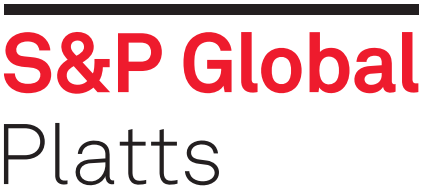
Steel production in Europe remains subdued, market sources said this week, with producers and buyers both maintaining high inventories.
Demand has been slow to return since the gradual easing of national lockdowns in Europe but EU steel producers are hopeful that state-funded incentive schemes will once again kick-start consumption. The largest consumers of steel are the automotive and the construction industries, where incentive schemes could help drive a rebound in demand and support prices, sources said.
Since the beginning of May, European hot-rolled coil prices have declined by 4.9% in northern Europe and 3.4% in southern Europe, with market participants divided as to whether the bottom of the market could be reached any time soon.
“Stocks are way too high in Europe, especially in the southern regions,” a Benelux-based service center manager told Platts. “Steel service centers are loaded up with inventory and customer turnover is extremely low while the mills have continued to produce during the lockdown. Many service centers now have limited warehouse space and can’t take more material –- some will struggle to make upcoming payments with risk of credit lines breaching.”
Payment terms range from 40 days in north Europe to 60-90 days in the south of the region, indicating that material delivered at the start of European lockdowns — for example March 9 in Italy — will be due for payment from June onwards, the source said, adding “there may be payment issues or defaults.”
Italy-based mill sources said that steel production in the country is around 50% of mill capacity at present.
A German mill source told Platts that demand is still lagging and that most material can be sold from stocks.
“Sales are at low levels, demand will increase but stocks are full and that needs to be cleared first,” the mill source said.
According to the latest data released by the World Steel Association, in April European steel production fell to 10.72 million mt, a decline of 23% on the year, and 11% lower than March this year.
However, considering the new definitive data from local associations, steel production in April dropped by far more that the worldsteel data, which includes estimates from a number of countries.
According to Federacciai, the Italian steel federation, crude steel production in the country was down 43% to 1.12 million mt. Worldsteel puts the drop at 31%.
In Germany, crude steel production according to worldsteel dropped 11% in April to 3 million mt, while according to German steel federation WV Stahl the domestic crude steel output fall was 24% on year to 2.6 million mt.
— Annalisa Villa, Len Griffin, Laura Varriale




